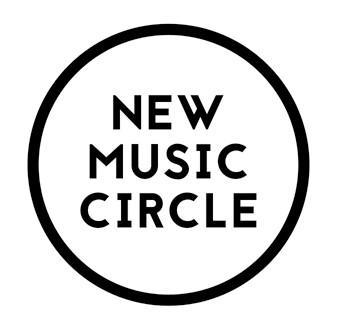A percussionist, sound-artist and composer, Eli Keszler’s M.O. involves the dense and relentless movement of sound. His drumming approach is quick, with a vested interest in small, microtonal points of attack – little snippets of “bings” and “bangs” that go by quickly and aspire, in Eli’s words, to “create something that moves so fast that it is slow”.
On the other hand, his travel schedule is anything but slow, with recent performance collaborations involving the likes of David Grubbs (curated by none other than STL ex-pat, Paul C Ha), Tony Conrad and Joe McPhee.
Your performances involve not only drumming, but also include resonating piano string installations, graphic scores, prepared guitar, and compositions for large groups – though I was curious if you see yourself as primarily a percussionist?
It’s interesting, because I feel most comfortable playing the drums, but at this point I wouldn’t consider myself to be primarily a drummer. All along since I became interested in writing and putting together my own music and art, I saw the drums as a tool amongst many others.
What is it specifically that draws to to percussion?
I’ve been playing the drums since I was 7 and the same things draw me to the instrument now that did then: I like the duality between the simplicity and complexity of the instrument, there is no instrument more basic and which through this primal quality reveals its endless construction and nuance. Unlike other instruments that go through technological shifts, the drums fundamentally in role and function really haven’t.
Your music juxtaposes long-form and deeply resonant sounds against your drumming, which itself is moves rapidly and is almost microscopic in it’s detail. How do you view the intersections of these disparate sounds? As a listener, this juxtapose you create is the core of your music, and it has a heavy emotional quality to it all.
Thanks! I am definitely interested in the psychological aspects of music and perception and often times I feel like my drumming, art and music operate like my mind which tends to run very slow or very fast and at many directions at once – instead of trying to deny this aspect of my mind or for that matter the way of the world and nature at large I have tried to go with it, and explore this multiplicity. I became interested in music which deals with close tunings and slow unfolding resonances and structures and have needed to solve the problem of pairing the drums and achieving this effect, which is essentially staccato, with this attempt to create the illusion of sustain, while keeping everything acoustic and raw. Essentially I’m working from an impossible premise – to create something that moves so fast that it is slow.
You have collaborated with several other artists NMC has presented in the past few years, Keith Fullerton Whitman, Joe McPhee and Tony Conrad…
All of these people you mentioned are not only great musicians and artists but great people as well. Keith Fullerton Whitman and I have a long time friendship going back to Boston where I grew up – he is very analytical and sees music through the lens of his encyclopedic knowledge of records and electronic music. Tony Conrad is someone who I admire for his vision and ability to merge both music and visual art into something that delves into an internal dialogue with himself over his long career, as well as with political discourse and models of music and society at large — and Joe McPhee is one of the most powerful musicians I’ve ever played with… the harder you push him the stronger he gets, and it seems limitless.
Could you tell us a little about your recent collaboration with David Grubbs (of Gastr Del Sol) at MIT? While I I know you’ve worked with artists of varying mediums, this is the only context I’ve heard of you working with poetry and language.
The project at MIT List Center which is up till the beginning of November was the first time for many things. I’ve never dealt with text or language in any projects in fact, though it’s something I’ve become increasingly interested in finding my relationship to. David contributed this very interesting long form poem which was chopped into small fragments and drawn on corners of the gallery. I built and designed 7 modular boxes which housed over 100 mechanical devices and small transducers, which were projecting fragments of David Grubbs text through acoustic objects – which the legibility of were mangled by these materials.
Your recent releases have been on the Berlin-based label, PAN, a label which produces visually stunning record sleeves and has an amazingly diverse roster that includes dance artists like Heatsick and Lee Gamble, as well as avant-garde pioneers like Evan Parker and Trevor Wishart…
I love PAN and what (label head) Bill Kouligas creates by curating such a span of musical styles and approaches under the umbrella of the label, and his awareness of how the visual components and design can add something important to the experience of putting on a CD or LP. I appreciate Bill’s vision and his ability to think critically about what it means to run a label today with no nostalgia or romanticism. He really pushes everyone the label to produce in a way that’s true to us, which is a very rare thing.

